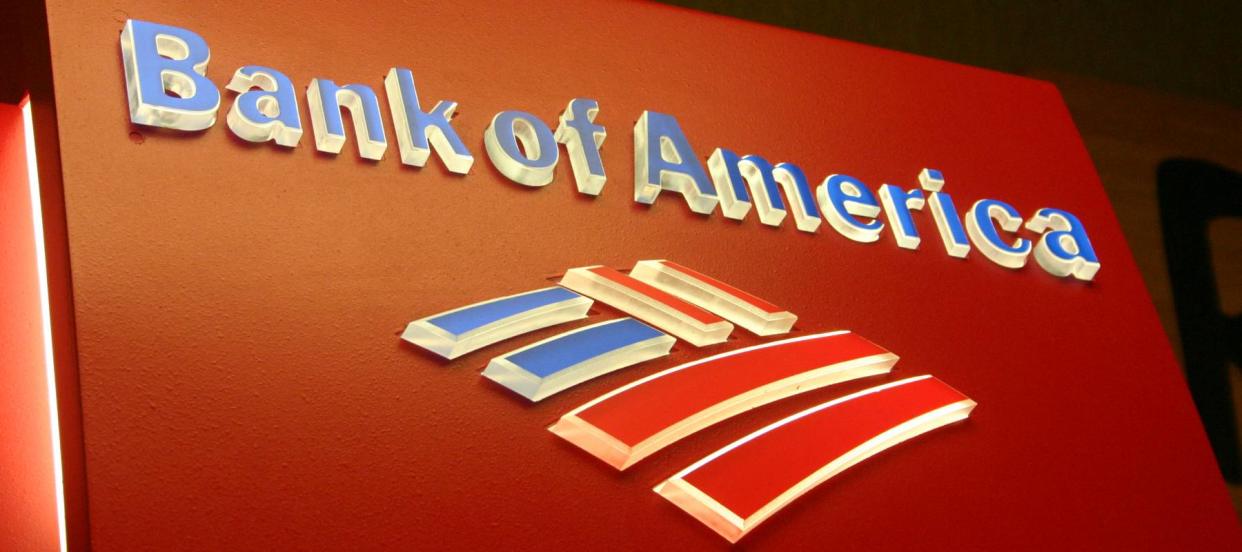2008 all over again? BofA is offering zero-down-payment, zero-closing cost mortgages for minority communities — heres what you need to know about the pilot program

A pilot program from a major American bank aims to help first-time buyers at a time when high interest rates and low home inventory have stacked the deck against them.
It’s also the latest response to longstanding criticism that banks favor white borrowers.
Bank of America’s test plan has launched in Los Angeles, Dallas, Detroit and Charlotte and is aimed at predominantly minority neighborhoods in those cities.
It offers loans to eligible buyers without the need for a down payment, closing costs or private mortgage insurance (PMI) — an extra cost that’s customary for buyers who put down less than 20% of the home’s purchase price.
Crucially, the program also requires no minimum credit score, with eligibility focused instead on a borrower’s solid track record of rent payments and regular monthly bills like utilities and phone. Before applying, buyers must finish a homebuyer certification course that counsels them on ownership responsibilities and other considerations.
But the move has received mixed responses online, as Bank of America (and other large lenders) have been criticized in the past for predatory lending practices — especially when loaning to minority groups.
Don’t miss
Americans are paying nearly 40% more on home insurance compared to 12 years ago — here's how to spend less on peace of mind
Better than NFTs: You don't have to be ultra-rich to own a piece of a Pablo Picasso. Here's how to enter the fine art market
You could be the landlord of Walmart, Whole Foods and Kroger (and collect fat grocery store-anchored income on a quarterly basis)
No money down loans — a timely boost
For buyers in Bank of America’s test cities, the loans come at a critical time.
High interest rates have made mortgages more expensive and created downward pressure on lenders to ensure their loans are as risk-averse as possible. Bank of America’s program is meant to break from this by freeing qualified applicants from down payments, credit score standards and PMI costs.
That reduces many of the barriers to entry for buyers struggling with institutional lending practices.
“Homeownership strengthens our communities and can help individuals and families to build wealth over time,” said AJ Barkley, Bank of America’s head of neighborhood and community lending.
Homeownership among white households was 72.1% in 2020, according to the National Association of Realtors — compared to 51.1% for Hispanic households and 43.4% for Black households.
And Black borrowers are denied at twice the rate of the overall borrower pool, according to a report from LendingTree.
The percentage of Hispanic homebuyers are estimated to climb to 56% by 2030, according to a survey by Maxwell, a digital mortgage platform.
But 23% of survey participants said language was a challenge in the mortgage process and 38% said they were unable to find Spanish-speaking lenders in their area.
Bank of America’s plan adds to its $15 billion program that offers closing cost and down payment assistance to lower-income buyers and another initiative aimed at providing $15 billion in mortgages to low- to moderate-income buyers through mid-2027.
Read more: 10 best investing apps for 'once-in-a-generation' opportunities (even if you're a beginner)
The equity risk
However, critics of the program point out that it could backfire and potentially harm the communities it’s designed to help.
The 2008 housing crisis — which was heavily driven by risky loans to unqualified buyers — taught tough lessons to lenders who were stuck with foreclosed homes after buyers stopped making payments on properties they were never able to afford.
The consequences were devastating: Lenders inherited foreclosed homes, and buyers saw their credit scores sink.
It’s likely that at least some of the borrowers under Bank of America’s new program would be considered “subprime” under ordinary lending rules — recalling the ugliest days of the 2008 crisis and supplying critics with easy talking points. Credit agency Experian, for instance, considers borrowers with credit scores between 580 and 669 as subprime.
And while credit scores aren’t always an accurate barometer of a buyer’s purchase power or their ability to make timely payments, advocates worry the interest rates required to make up for the low bar the lender is setting could set minority buyers up for failure.
What to read next
The #1 new homeowner rule is to shop around for your mortgage — here's how to get the lowest quote
'Hold onto your money': Jeff Bezos issued a financial warning, says you might want to rethink buying a 'new automobile, refrigerator, or whatever' — here are 3 better recession-proof buys
Want to invest your spare change but don't know where to start? Try this investing app before Dec. 31 and get paid $20
This article provides information only and should not be construed as advice. It is provided without warranty of any kind.

